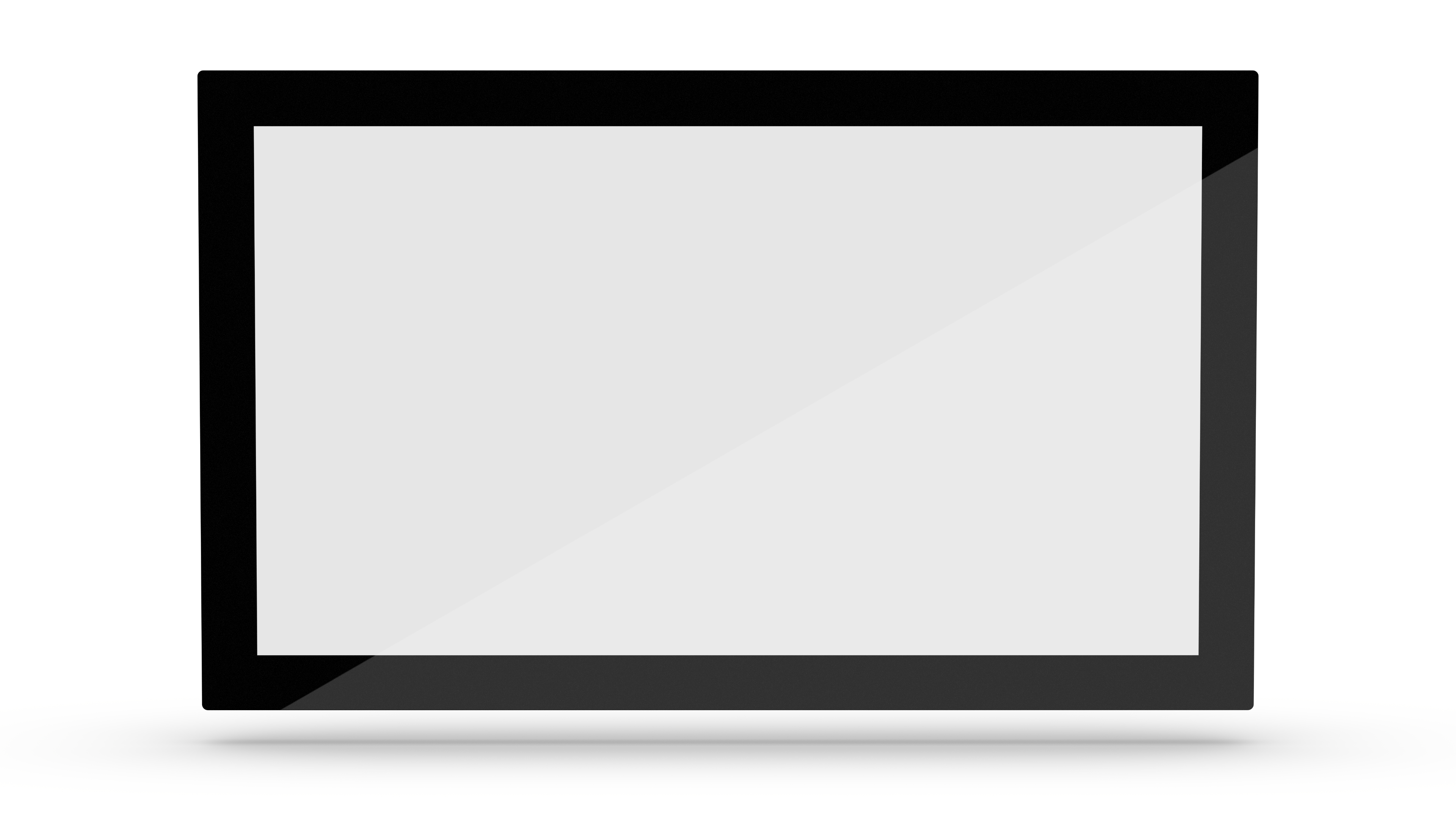Vergleich der projizierten kapazitiven Oberfläche PCAP-Touchscreen im Vergleich zur kapazitiven Oberflächentechnologie
PCAP-Touchscreens (Projected Capacitive) haben die Art und Weise, wie wir mit Geräten interagieren, revolutioniert und bieten präzise und reaktionsschnelle Touch-Erlebnisse. Als Product Owner oder Branchenprofi kann es Ihnen helfen, fundierte Entscheidungen zu treffen, wenn Sie die Feinheiten dieser Technologie kennen. Interelectronix verfügt über umfangreiche Erfahrung auf diesem Gebiet und gibt Einblicke in die beiden Hauptkategorien kapazitiver Touchscreens: Surface Capacitive und Projected Capacitive. In diesem Beitrag werden die Besonderheiten der einzelnen Typen, ihre Vorteile und ihre Verwendung in verschiedenen Anwendungen erläutert.
Kapazitive PCAP-Touchscreen-Technologie
Kapazitive Touchscreens werden grob in kapazitive und projizierte kapazitive Technologien eingeteilt. Diese beiden Typen unterscheiden sich in ihrer Konstruktion und ihren Betriebsmechanismen, haben aber das gemeinsame Merkmal, dass kein physischer Druck erforderlich ist, um Berührungen zu erkennen. Dieser grundlegende Aspekt ermöglicht eine nahtlosere und reaktionsschnellere Benutzererfahrung.
Kapazitive Oberflächen-Touch-Systeme
Kapazitive Oberflächen-Touchscreens zeichnen sich durch ein einfaches, aber effektives Design aus. Eine ITO-Schicht (Indiumzinnoxid) wird auf die Vorderseite des Berührungssensors aufgebracht, wodurch ein gleichmäßiges elektrisches Feld auf dem Bildschirm erzeugt wird. Diese ITO-Schicht ist eine transparente leitfähige Folie, die mit der Berührung des Benutzers interagiert. Wenn ein Finger den Bildschirm berührt, findet eine kleine Ladungsübertragung statt, die das elektrische Feld verändert. Diese Veränderung wird erkannt und verarbeitet, um die genaue Position der Berührung zu bestimmen.
Kapazitive Oberflächensysteme sind für ihre Langlebigkeit bekannt und weniger anfällig für Oberflächenverschleiß. Dadurch eignen sie sich für Anwendungen in rauen Umgebungen, in denen Langlebigkeit und Zuverlässigkeit entscheidend sind. Diese Bildschirme können jedoch Einschränkungen aufweisen, wenn es um die Multi-Touch-Funktionalität und die Bedienung mit nicht leitenden Handschuhen geht.
Projizierte kapazitive Touch-Systeme
Projizierte kapazitive Touch-Systeme stellen eine fortschrittlichere Technologie im Bereich der kapazitiven Touchscreens dar. Diese Systeme verwenden zwei Schichten ITO-beschichtetes Glas, wobei eine Schicht als Sensor und die andere als Treiber fungiert. Die Sensorschicht erkennt Kapazitätsänderungen, die durch die Berührung eines Fingers verursacht werden, auch durch Schutzglas hindurch.
Das Besondere an der projizierten kapazitiven Technologie ist ihre Fähigkeit, mehrere Berührungspunkte gleichzeitig zu unterstützen. Diese Multi-Touch-Fähigkeit ist entscheidend für moderne Anwendungen, die Gesten und komplexe Touch-Interaktionen erfordern. Die Technologie ermöglicht auch den Betrieb mit dünnen Latex- oder leitfähigen Handschuhen, wodurch sie für verschiedene Umgebungen, einschließlich medizinischer und industrieller Umgebungen, vielseitig einsetzbar ist.
Vorteile der kapazitiven Technologie
Kapazitive Touchscreens bieten mehrere Vorteile, die sie in verschiedenen Branchen zu einer beliebten Wahl machen. Ein wesentlicher Vorteil ist die Reaktionsfähigkeit und Empfindlichkeit der Berührungserkennung. Im Gegensatz zu resistiven Bildschirmen, die Druck erfordern, erkennen kapazitive Bildschirme das bloße Vorhandensein eines Fingers und ermöglichen so eine schnellere und genauere Eingabe.
Ein weiterer Vorteil ist die Langlebigkeit und der geringe Wartungsaufwand von kapazitiven Bildschirmen. Der Verzicht auf bewegliche Teile und die Belastbarkeit der Glasoberfläche tragen zu einer längeren Lebensdauer bei. Darüber hinaus beeinträchtigen Oberflächenverunreinigungen wie Staub und Schmutz die Funktionalität des Bildschirms nicht, so dass sich diese Touchscreens ideal für den öffentlichen Gebrauch und Außenanwendungen eignen.
Es ist jedoch wichtig, die Einschränkungen von kapazitiven Bildschirmen zu beachten, insbesondere wenn es um die Verwendung von Handschuhen geht. Dicke oder nicht leitende Handschuhe können den Berührungserkennungsprozess behindern, obwohl dies durch die Verwendung von Handschuhen, die für kapazitive Bildschirme ausgelegt sind, gemildert werden kann.
Warum Interelectronix?
Bei Interelectronixverstehen wir die Feinheiten der kapazitiven Touchscreen-Technologie und ihre Anwendungen in verschiedenen Branchen. Unsere Expertise liegt in der Bereitstellung von maßgeschneiderten⬤
